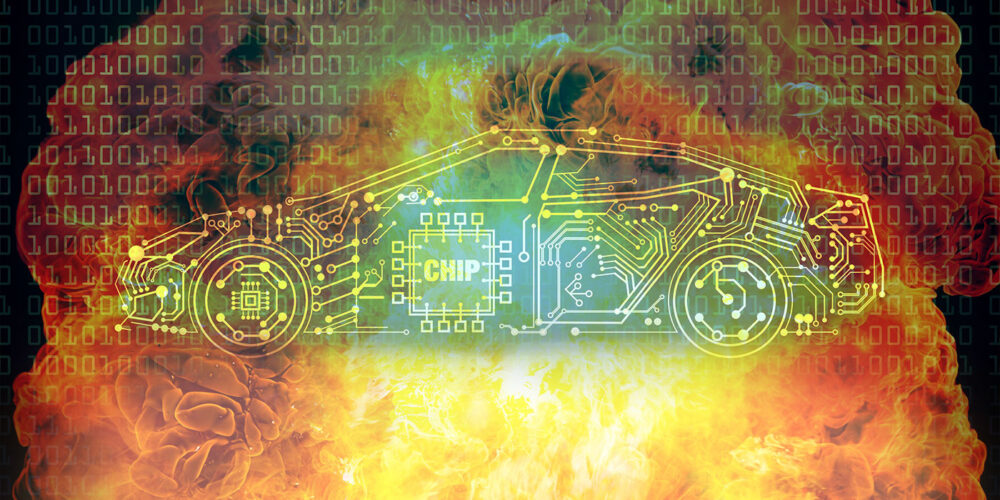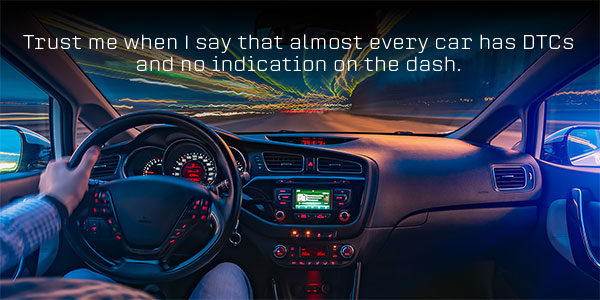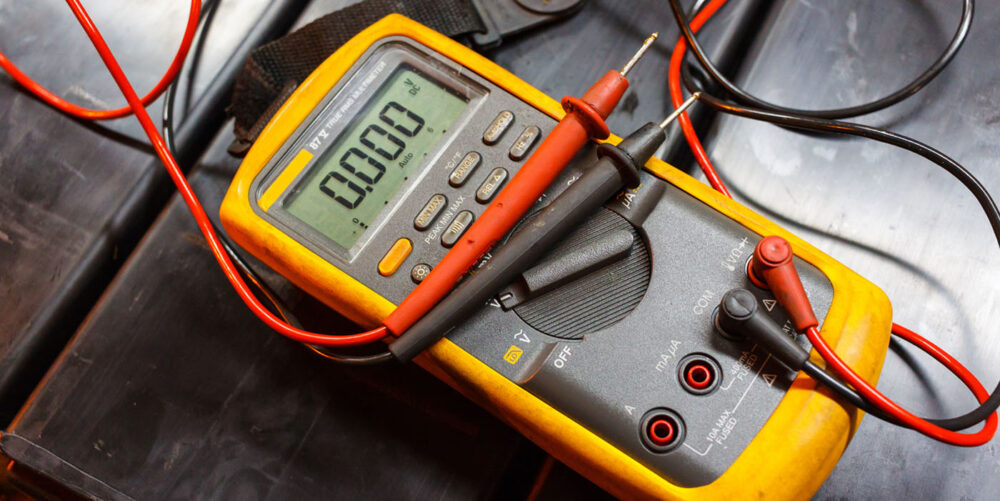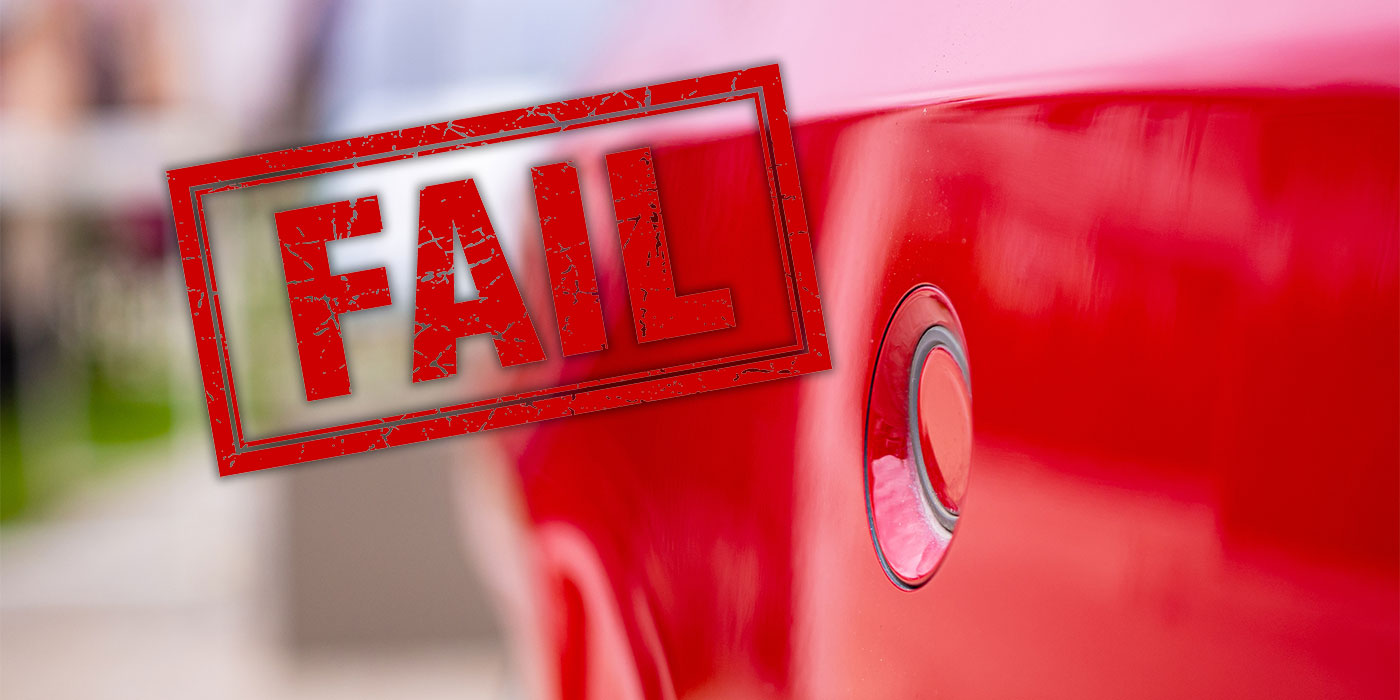Today’s vehicles are wonderful computers on wheels with the ability to do so many things, such as drive, start/stop the engine, brake, avoid collisions, warn of hazards, make a call, talk to other vehicles and look cool — all of which requires many computers, sensors, control modules, connectors, wires, on/off switches, dials and touch sensors. As wonderful as these features are, diagnostic trouble codes, or DTCs, will, however, inevitably occur for many reasons, such as age, crashes, mishandling, necessary updates, require programming and many more. Knowing what these DTCs are is the first step to diagnosing and repairing the issue.
Trust me when I say that almost every car has DTCs and no indication on the dash. Many of the technicians I work and talk with admit that most vehicles, even brand-new ones, can have on average five to 10 DTCs. Older vehicles that are starting to show their age may have even more. The age reference is an important piece for the collision repair industry to think about, as the electronics explosion in vehicles has been around for a minute, and these components are starting to age and show wear and tear. Knowing and recording these DTCs needs to be done before your shop starts working on the vehicle, as not doing so can lead to costly delays and repairs the shop may not have been responsible for. After all, I know we’ve all heard, “It was working before the crash,” or, “It was working before you started working on it.”
Pre-Repair Scan
The pre-repair scan is the starting point. All codes are there to effectively give you the X-ray of the inner workings of the vehicle — the stuff you can’t see under the metal and between the crushed panels. Even a vehicle without structural damage should undergo a pre-repair scan to protect the shop from the blame game or to verify what needs to be repaired to return a safe vehicle to the customer and their family.
The pre-repair scan also lets you see how the network of computers, modules, relays and switches are working together. This is no longer about a sensor or module working within its own system; this is about how the module also works with other systems. A U0130 for a power steering control module could be caused by a communication error or update error in a powertrain module — P-code — associated with the power steering control module. This might show in the scan where a P-code or multiple P-codes are present. We’re in the world where a P-code in a transmission module or any body control or chassis module can set a code in the advanced driver-assistance system (ADAS) components designated by a vehicle manufacturer’s specific U-code; they’re all networked together for specific inputs required to operate.
Basically, codes get broken down by the prefixes P (powertrain), C (chassis), B (body) and U (network). In years past, they all pretty much stayed in their lane. Now, with all systems networked together and built upon all the existing legacy systems, a P-code for the ABS system can affect a calibration of the ADAS components.
When looking at the pre-repair scan, it’s inevitable that you’ll see DTCs, necessitating research to understand what those codes mean and if they relate to the damage you’ll be repairing. Assuming the code will go away once you’ve done the repairs will cost you if you need to order parts and the vehicle is delayed. In-process scans after specific repairs can also be used to validate that codes are being cleared during repairs and/or if more diagnostics are needed to find the cause of the code.
There are so many articles and YouTube videos that explain what the sequence of characters in a DTC refer to. However, most people I encounter do not take the time to learn what each character represents and look up the DTC in ALLDATA or YouTube. I admit I’ve done that myself for the sake of speed and, on my part, laziness. This is a trap, though, as not everything people post is accurate. Shocking but true!
Throwing Parts
The other twist is that, with newer vehicles, there are vehicle manufacturer-specific DTCs that are becoming more common. Knowing what code you have and what “systems” it’s relating to is the best way to understand what will need to be done to repair the issue causing the code. This is the diagnostic phase — including researching and associating related components in the vehicle’s network of computers, modules, and relays and sensors — that many do not follow through on.
A DTC may point to a specific system module, say, XYZ01 module. Many would think that a new module will fix the issue and resolve the DTC, so they go and buy the module. The DTC code when scanned is still present. So, on some site somewhere, it says an XYZ01 sensor could be causing the DTC, so the shop buys the XYZ01 sensor and, after another scan is completed, the DTC is still present. This process of throwing parts at a problem has been the industry norm for many years, but it ends up causing a great deal of frustration and delays. By the time parts are ordered, replaced and then scanned again, vehicle delivery has been delayed and the problem is still not identified.
Diagnostic Technician
With today’s vehicles, the value of having a good diagnostic technician at your shop cannot be stressed enough. Throwing parts at a vehicle hoping it cures the problem is expensive and wastes a lot of time and energy. One of the first steps to diagnose the problem is to look for the obvious issues in the area of damage. If no reason for the code is found, look at the entire scan and see if any DTCs are related to each other or share common components. In today’s vehicles, U-codes are basically communication codes that may be accompanied by P-codes for specific systems indicating a common fault between them. Once all the sensors, modules and other components associated with the module identified by the DTC are located and identified, we can start to determine who is not communicating with whom with a diagnostic flow chart or wiring diagram. The technician may now determine which components are in the damaged area that need to be repaired. One thing to note is that not all damaged components may be in the damaged area as vehicles go through tremendous shock when collisions occur. Some components may be in completely different locations away from the direct damage, or components in the direct damage area may be affecting systems away from the direct damage. With so many systems networked together throughout the vehicle, the pre-repair scans and in-process scans and information they provide will become even more a part of every repair, if they aren’t already.
Starting Point
Now, you will need to find where the wires are routed to communicate with networked modules. This will give a technician a starting point to reference where the problem may hide. Before you do this, check the fuses. This seems to be a source of embarrassment after a lot of time is spent trying to figure out the problem when all that was needed was a new fuse or the ground was topcoated in paint or during corrosion protection and assembly. Another situation I should mention is when a part was damaged and a communication error or U-code is present. In this case, researching if the replaced component needs to be programmed or initiated is also warranted.
Once we have an area narrowed down to start looking at, a visual inspection of all connectors, wiring, sensors and the module itself is needed. The technician is looking for burnt, damaged or crushed connectors and/or wires, or any signs of corrosion that may be affecting the electronics. If no visual indicators are present, using a digital volt ohm meter (DVOM) for point-to-point measurements will be needed to track down the reason for the fault. This process will take time and patience to track down the cause of the fault. If the fault is found to be the wires or connectors, research if the wires need to be repaired and how. Doing a repair that changes the resistance may give you the same or different fault depending on the component. Also, a wire repair that fails later will result in a warranty issue and an unhappy customer.
Tools
Many shops have invested in scan tools to do pre- and post-repair scans, and most shops know how to clear codes or maybe program a TPS sensor. If the shop takes the time to research what will need to be done when vehicle computers or related components are replaced, you’ll see that more times than not an initialization or a programming of the part may be required. If you have the OE software and correct VCI to connect to the vehicle, the instructions and access are there to do the programming and are straightforward to perform. Some are not so straightforward and require experience in navigating software, keeping in mind that not following instructions step-by-step may damage the network.
Many aftermarket tools feature instructions on how to program components, and some tool manufacturers offer videos on some of these procedures. Practice and trial and error will be needed to become more comfortable with doing this type of procedure. Warning: Do each and every step in the proper order no matter how menial you think the task is. If it says wait 15 seconds before turning the key, wait 15 seconds! Failure to do so may require you to start all over again and also require the vehicle to sit before accessing the module again. It may take time for the vehicle’s computer to time out and register the failed procedure. Also, remember that you need full power to run the electrical system. A battery maintainer with the correct voltage and amps being supplied during the entire process is needed; a jump box won’t cut it.
And please do not throw away damaged modules until the vehicle has left with repairs complete! The codes from a damaged component may need to be downloaded and reprogrammed into the new component; it’s no different than purchasing a new computer and uploading your information or the apps you use.
Summary
Understanding DTCs will become more and more necessary when repairing vehicles in your shop today — and more so tomorrow. Learning and gaining an understanding of them will set you up for success. When you think about it, in today’s world, I’m not sure if we’re buying a vehicle or a computer that has wheels.















